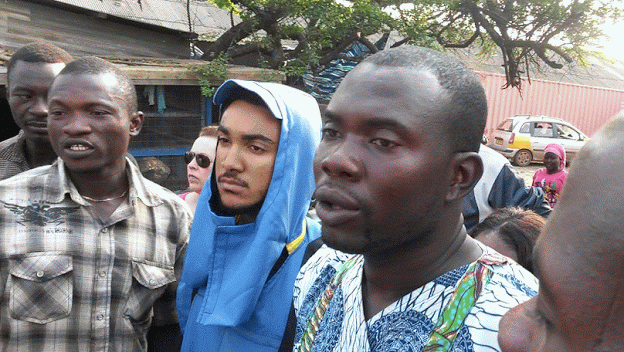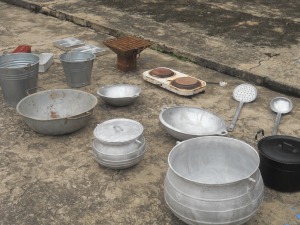





Planning “critical path” for spacecraft during #ampqamp14









First weeek =) of#ampqamp14 started at Hub Accra by a discussion of AMP’s objectives for the three coming weeeks: to co-design and build with AMP makers (comprising of STEAM students and graduates and eventually e-waste workers) a module of the spacecraft–AMP’s makerspace–and share its progress with the community in Agbogbloshie.
Participants started discussing the design of the spacecraft, its frame and interior frame comprising of an octet truss system, prefab panels, soft and roof systems. We then developed a critical path for each system so to know what to do at each step of the way until we build the spacecraft. The brainstorming sessions were very intensive, with some of the participants sketching/drawing the various concepts related to the spacecraft.

By the second day we enthusiastically produced fully developed critical paths, identified and quantified in terms of duration and dependency of the various tasks

We also prepared for the first workshop ahead, the plastic workshop to be carried out at the Rex Cinema in collaboration with Brad Marley and Efya from the POLY Bank GH organization. In preparation for the workshop, we conducted background research on the physical properties, melting methods and stewing methods. We sourced the plastic–shredded-PET (polyethylene therephatlate) old plastic bottles and stewed shredded-PP (polypropylene)–and a number of molds from Agbogbloshie. This was also a good occasion to share our process with the Agbogbloshie community. This is a picture of the tools we brought to the Rex Cinema to conduct our experiments.

The Rex is an open-air cinema, a wonderful space to experiment within. There, young Ghana makers were busy melting, stewing and molding different types of plastics and exploring the production of architectural parts, panels, brick or tiles, made of recycled plastic. Sam and Idrissou, Agbogbloshie community agents, helped with burning the charcoal.. They were far more skilled than us!
Below are some of the observations from the experiment:

Find here the Lab report.
We were honored to host Prof. Kwadjo Osseo-Asare (AMP co-PI) and Dr. Victor Oteng-Atiemo (retired from MD of DOW chemical Ghana) who gave us advices on how to proceed and continue our experiments.
Here is the link to Flickr photo set.